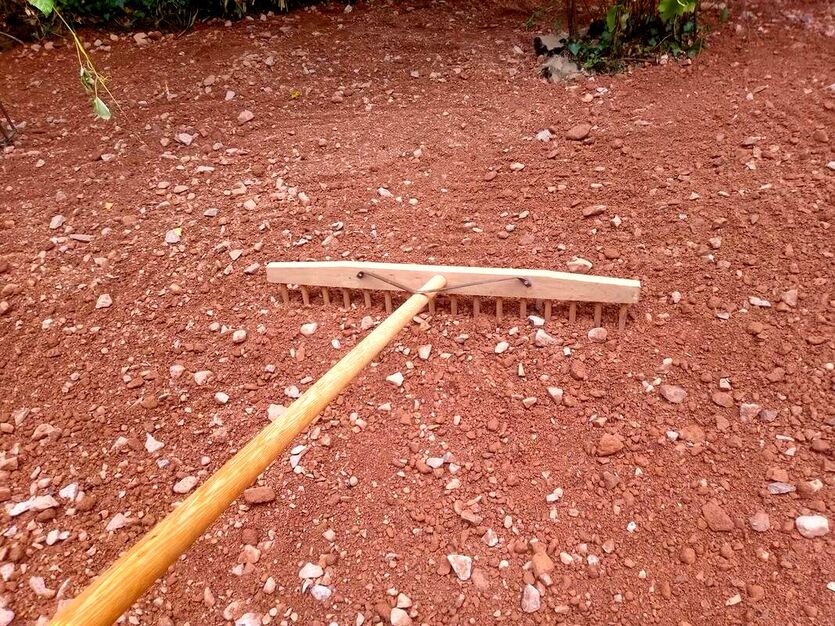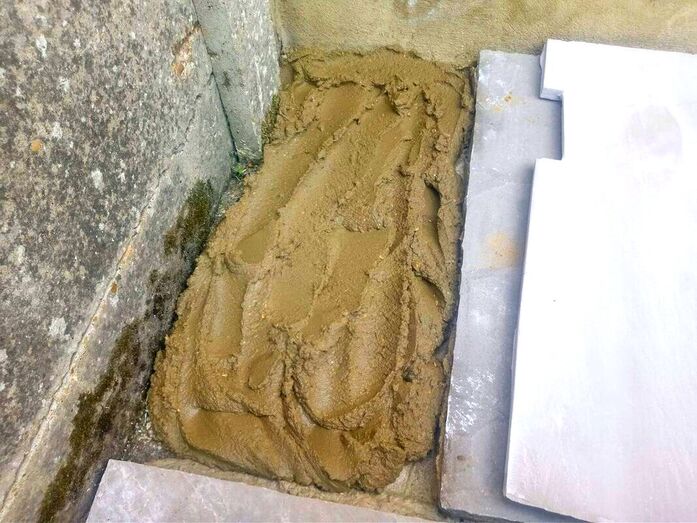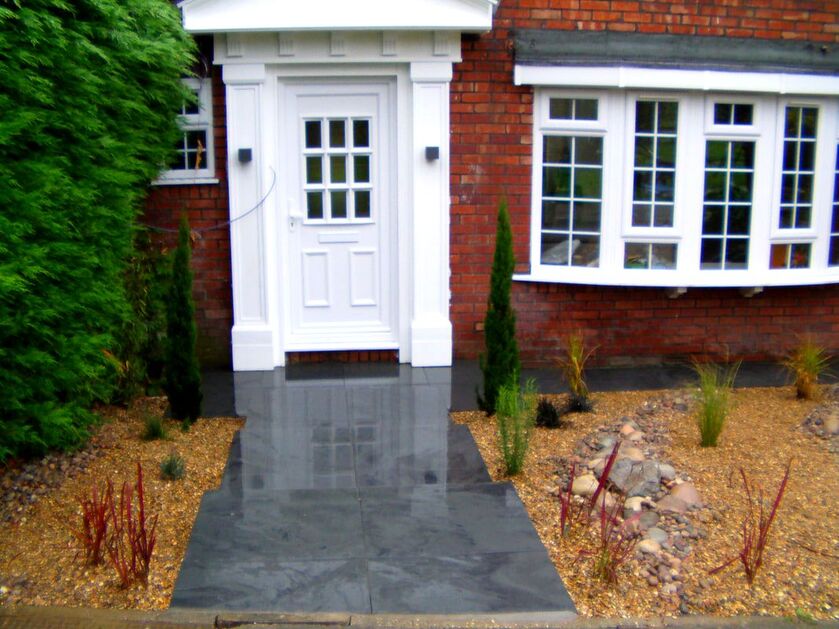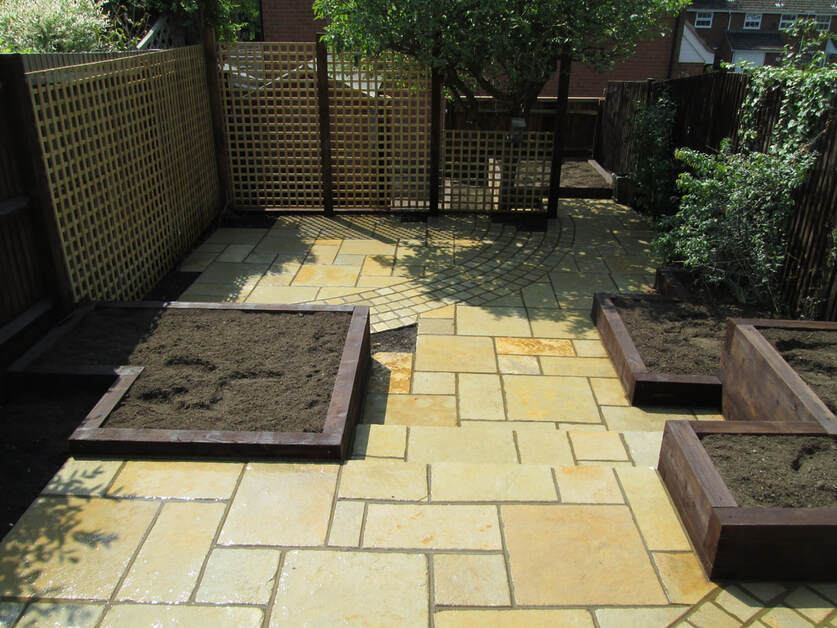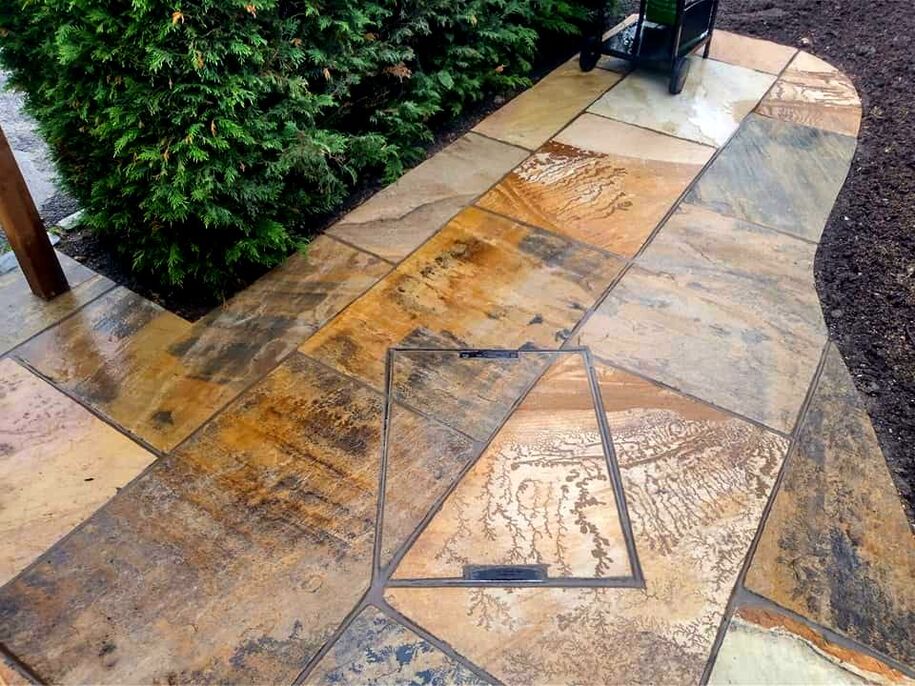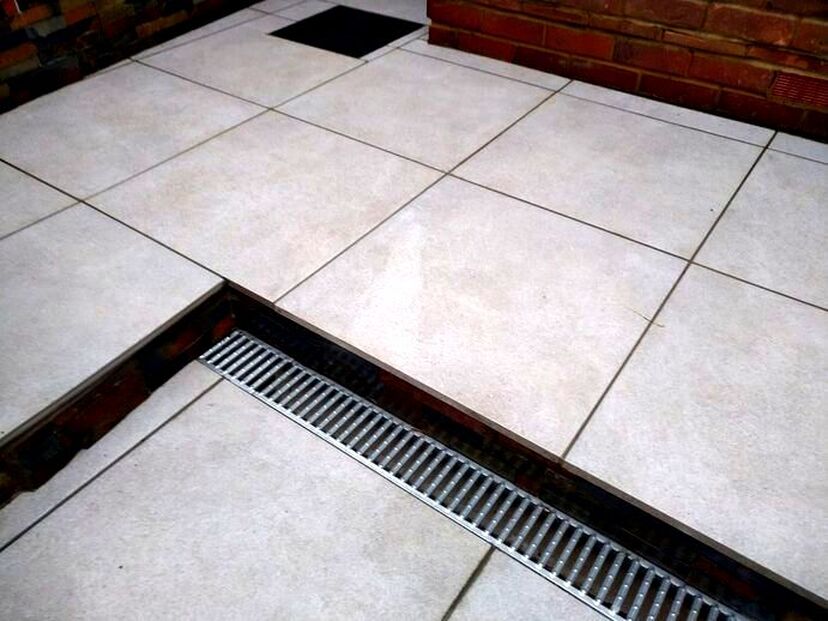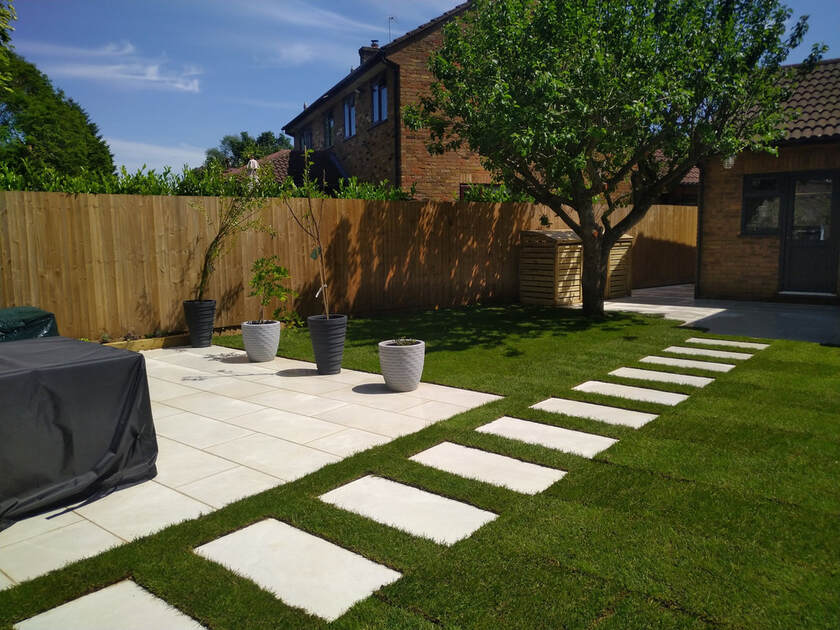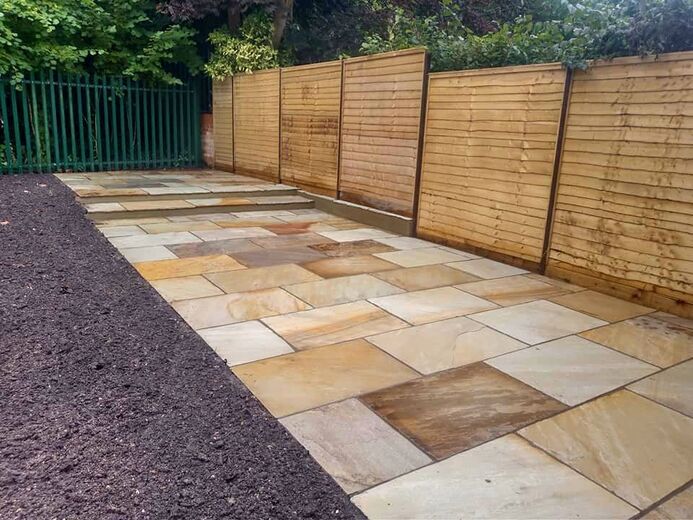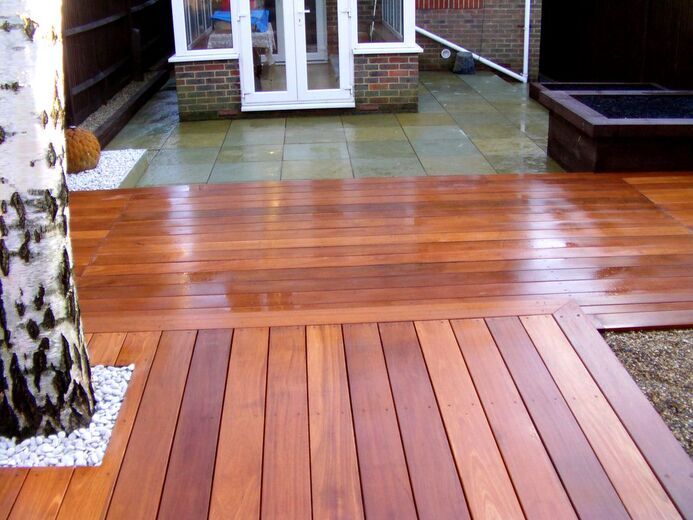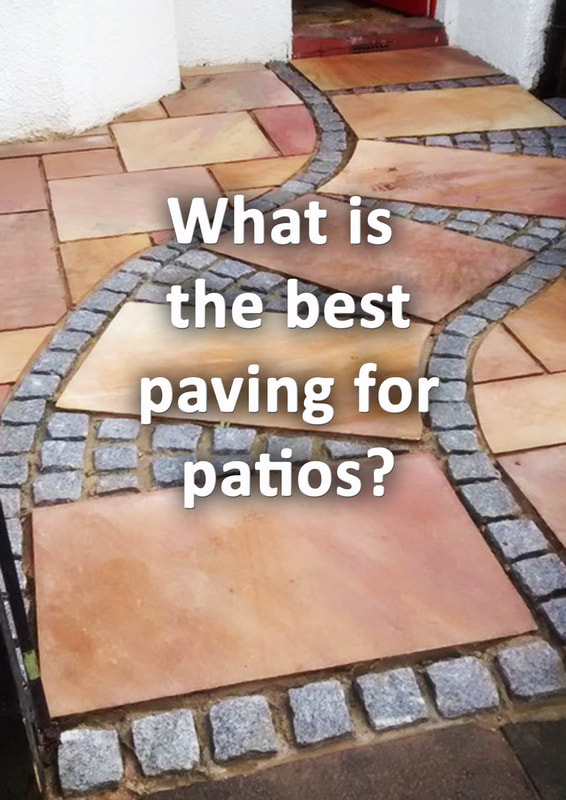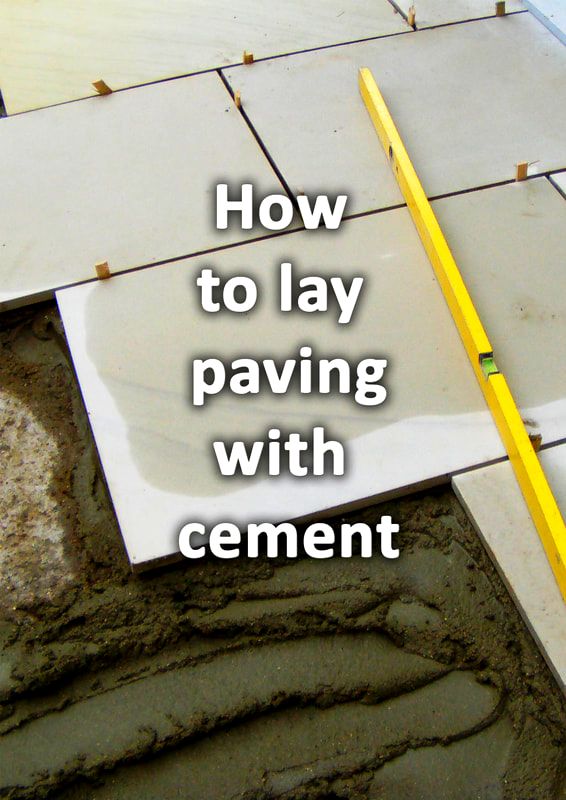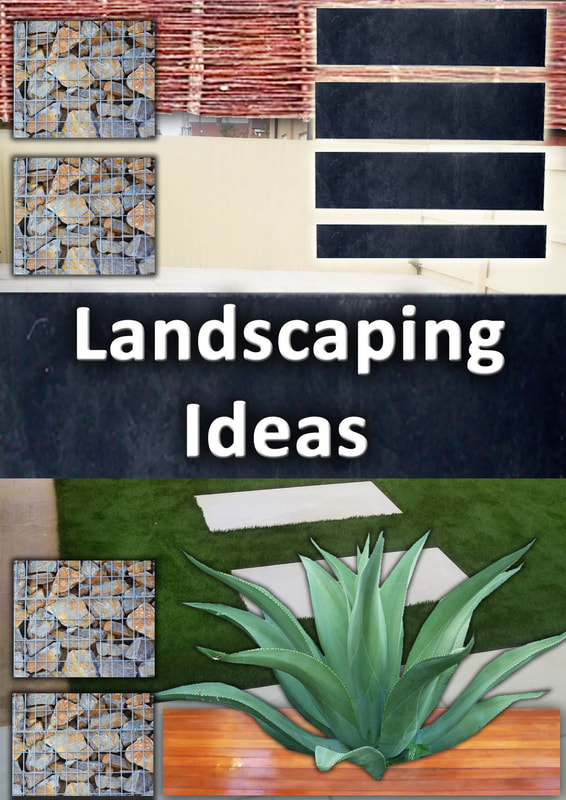|
This article contains affiliate links
Patios are typically the most utilised part of any garden or outside space. They are the perfect places for outside dining and spending quality time with family and friends.
However, having a patio which causes you extra work and maintenance is not ideal. Some patios need to be seasonally cleaned, treated and weeded to keep them looking at their best. As patios are expensive to install it is worth investigating how to make your patio low maintenance? In this article I will explore every element and consideration of creating a low maintenance patio successfully. 1. Install a correct patio base
One of the biggest threats to having a low maintenance patio is installing the correct base. Too often contractors offering cheap paving do not implement the correct construction methods. Patios require excavating to a minimum depth of 150mm. This will allow for a minimum sub-base of 100mm of compacted mot type 1. Paving can then be laid on a solid mortar of around 30mm (20mm for paving). If this minimum requirement is not met it is likely the patio will crack. This will lead to water penetration and weed establishment. Both of these are very detrimental to achieving a low maintenance patio. 2. Do not lay paving on sand
A sure way to ensure your patio is not low maintenance is lay it straight on sand. Sand is not a suitable base for paving slabs. Tree and shrub roots can easily travel through the sand layer distorting the paving’s level. Over time, dirt and topsoil slowly mixes with the compacted sand layer leading to weed establishment. The only way to ensure a robust patio with no weeds is by laying paving on a solid mortar bed. This should be on top of a well compacted and solid sub-base. 3. Choose paving with a low absorbency
One of the most frustrating problems with patios is discolouration from microscopic plants. This is typically caused by algae blooms which thrive in damp and shady conditions. The best way to avoid scrubbing and cleaning algae is to lay paving with a low absorbency level. This typically includes dense, natural, stone such as granite or slate. Porcelain is also an effective paving choice to help avoid this problem. Good quality sandstone can be used as long as a good quality sealant is applied.
Our Brazilian Black slate path and steps : Harrow, London
4. Grout your paving properly
A very common issue which prevents a patio from being low maintenance is incorrect grouting. Sweeping in dry mixes and half hearted patching up of joints is more hassle than it is worth. If you have crumbly grout or joints full of weeds you need to start again. You will need to remove all grout and dirt from all of the joints and start over. Patios need to be grouted with a very strong semi dry mortar mix. This needs to be compacted into the joints and worked to a sealed finish! Why not read our step by step article on how to re-grout a patio here.
Our sandstone patio project with raised beds: Rickmansworth, Hertfordshire
5. Choose darker tones and textures
A common trap people fall into is installing very light coloured paving. The usual suspects are pale creams and even white paving slabs. These pavers always look pristine in home magazines but very rarely look as good in real life. This is because the moment the paving is laid birds will pop, coffee will spill and life will happen. Even when these pavers are heavily sealed they can still accumulate stains. Yes that also includes porcelain! Even tannins inside dead, autumn, leaves can cause brown stains on the surface of porcelain and other sealed surfaces. These can be cleaned off but it can take hot soapy water and a scrubbing brush. I don’t want to ruin aspirations but be aware, light paving is not always low maintenance.
Our Fossil Mint paving project: High Wycombe, Buckinghamshire
6. Implement an effective patio drainage strategy
Damp and poorly drained patios are always a recipe for problems. Patios that drain poorly can be prone to discolouration and residue build up. This is particularly so for paving laid within damp and shady areas. Such conditions can encourage green sludge to form on the surface which will require seasonal cleaning. When you plan your new patio make sure you have a patio drainage strategy in place. This means plan for where the extra rain water runoff will go. The best option is level you’re paving so water travels away from the home. This can then be collected and directed into a drainage installation. To read more about implementing patio drainage read our comprehensive article here.
Our Porcelain patio project with drainage grills: Belmont, Harrow
7. Position your paving in full sun
A great way to ensure your paving stays dry and bright is to position paving in full sun. This will reduce the risk of damp and algae blooms setting hold. Obviously there is other many other advantages of a sunny patio! A sunny patio on the whole has much more chance of staying clean than a shady one.
Our porcelain paving projects with stepping stones: Hyde Heath, Buckinghamshire
8. Stay away from wind traps
If your patio is positioned within a wind trap there is a high likelihood it will require more cleaning. Wind traps typically exist within corners of the garden where prevailing winds blow toward. This can be particularly annoying during the fall when leaves are falling on mass. Damp leaves and other debris can sit on your paving collecting dust and absorbing moisture. If you want a low maintenance patio try to position it away from wind traps.
Our Fossil Mint paving project: High Wycombe, Buckinghamshire
9. Remove overhanging branches
Overhanging tree branches are not the best situation for a low maintenance patio. The most typical problem with tree branches is perched birds. Birds will happily perch above your beautiful patio and poop to their hearts content blissfully unaware. The frustration with this is it will be a reoccurring problem until the branches are removed. Tree branches will also litter your patio with damp moss and dead leaves. 10. Seal your paving
One of the simplest things you can do to make your patio low maintenance is to apply sealant. Sealing will prevent moisture and stains sinking into the surface of your patio. This will also protect against freeze and thaw damage and algae establishment. The best time to seal your patio is when it is first laid. However, if it has been down a few years you can still seal it! It is advised you give it a good pressure wash first and let it dry out thoroughly before sealing. This is best done during the warm summer months on a sunny day. If your patio is prone to algae and slippery in winter an anti-slip sealant would be best. 11. Do not install decking
Many will not recognise decking as a patio but as an outside surface it is worth mentioning. Decking is not a low maintenance solution for outside patios. If you choose a timber deck you will have apply stains and oils seasonally. Many suppliers of composite decks insist their products are low maintenance. However, so many composite decks are still built on timber frames. These will eventually degrade leading to a failed surface. Both composite and timber decks do tend to become slippery during the winter months. If you do want a low maintenance patio, decking is probably not a good option for you.
Our garden design build with Balau hard wood decking: Pinner, Harrow
Thank you for reading our article on how to make a low maintenance patio. Below I will link to some other relevant articles you may find informative.
'As an Amazon Associate I earn from qualifying purchases'
0 Comments
Leave a Reply. |
The Author
|
Landscaping services across Buckinghamshire, Amersham, Aylesbury & High Wycombe
Hyde Heath, Amersham, Buckinghamshire |
|

